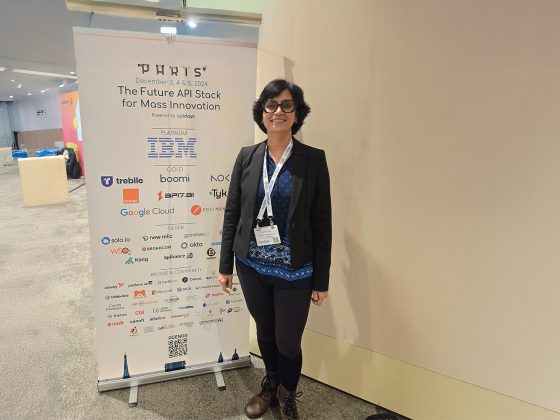Immersive technologies like augmented reality (AR) and virtual reality (VR) are transforming employee training and onboarding across industries. These innovative tools are creating highly realistic and engaging learning experiences that accelerate capability building.
Why Current Training Methods Fall Short
Most employee training still relies on conventional passive methods like classroom lectures, instructional videos and slide decks. But these approaches often fail to sustain attention and have limited retention.
In a world of continuous disruption, organizations need more frequent, agile reskilling. Lengthy, sporadic training sessions simply cannot meet that need.
Additionally, classroom-based training disrupts productivity by pulling employees away from critical work. The associated costs of travel and training facilities also add up.
Finally, new hires face information overload during textual, one-way onboarding presentations. This leads many to disengage while struggling to digest everything on the fly.
The Immersive Learning Advantage
AR/VR provide on-demand, interactive learning experiences that address the pitfalls of traditional training. For example, multi-sensory simulations are proven to boost learner focus and retention compared to static content.
Additionally, AR/VR training happens on site rather than in dedicated facilities. This minimizes productivity loss while embedding knowledge within authentic contexts.
Let’s explore some of the key advantages of immersive technology for employee development in more detail:
Experiential Learning
Rather than passively listening to lectures, AR/VR allows employees to use new skills in realistic on-the-job simulations. This experiential approach accelerates capability building through practice, feedback and role-playing. Having an emotional experience also strengthens memory formation and recall.
Onboarding Immersion
AR/VR onboarding introduces new hires into to their actual work environment on day one. They can explore spaces, access information on-demand and interact with virtual embodiments of colleagues and mentors. This level of immersion builds organizational familiarity rapidly by transforming overwhelming info dumps into embedded visibility.
Accessible Education
Because AR/VR training is self-directed, employees can access educational experiences on their own schedules. This facilitates continuous learning while avoiding productivity loss from pulling workers into seminars. Additionally, costs associated with rebuilding staging environments and transporting learners are eliminated through simulation.
Engaging Content
Well-designed AR/VR learning programs leverage interactive elements, social features and gaming concepts to increase engagement. Users also cite immersion itself as inherently rewarding, citing feelings of presences, control and accomplishment unavailable in conventional mediums.
Real-World Examples
Global organizations across nearly every industry are employing AR/VR for advanced employee learning. For example:
- Retailers use VR to onboard new store associates rapidly. Simulations build familiarity with stocking systems, POS technologies and customer interactions through role-play. Workers are productive immediately rather than facing a long learning curve.
- Manufacturers leverage AR assisted workflows to guide technicians through equipment assembly and repair for complex machinery. This speeds task completion, boosts accuracy and facilitates remote expert collaboration.
- Software companies create coded bot environments where programmers collaborate in shared VR workspaces. This facilitates agile development while avoiding resource contention from conventional dev sandbox competing.
- Healthcare systems have trainees practice medical procedures in VR simulations to improve patient outcomes. Nurses and doctors build capabilities safely before working directly with human patients.
Yet despite such benefits, most organization’s training and onboarding still remain stubbornly conventional. Those willing to reimagine learning for the twenty-first century workforce are poised for loyalty and performance gains over their antiquated peers. The revolution lies in recognizing immersive technology’s disruptive potential today – not when everyone else already has a head start tomorrow.
The bottom line is that AR/VR saves money while accelerating capability building in employees through active learning. Organizations failing to make the shift risk disengaged, unprepared workforces struggling with outdated modes of education. By embracing new mediums aligning with how emerging generations want to develop skills, companies set themselves apart as attractive places to build long-term careers.
Image Source: pexels.com










